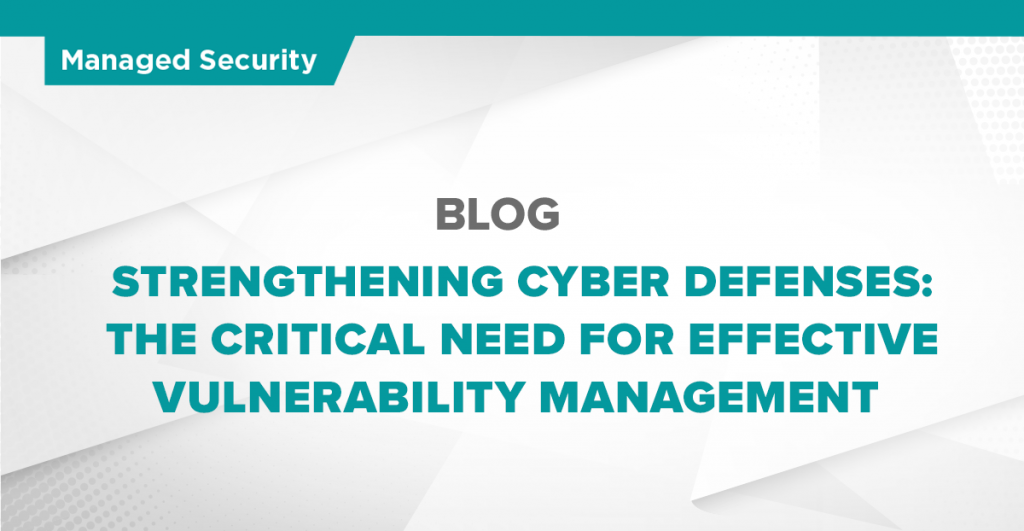
Vulnerabilities pose significant threats to organizational safety in the ever-evolving cybersecurity landscape. Despite technological advancements, the basic premise remains unchanged: malicious actors continually exploit vulnerabilities, making it imperative for organizations to prioritize effective vulnerability management.
Understanding vulnerabilities and their impact
In cybersecurity, vulnerabilities refer to weaknesses in a system that attackers can exploit to gain unauthorized access or cause harm. These vulnerabilities can exist for various reasons, including outdated software, misconfigured networks, or inherent flaws in the technology itself.
A recent example demonstrates how persistent threats can be. It involves using vulnerabilities like Log4J, which can give hackers complete control over devices running outdated versions of Log4J. This severe vulnerability can continue to affect systems worldwide, even after a long time. It shows that ignoring weaknesses can have severe and widespread consequences.
The role of AI in cybersecurity
Integrating artificial intelligence (AI) into cybersecurity brings both opportunities and challenges. AI can significantly enhance cyber defenses’ ability to detect and respond to threats by analyzing vast amounts of data for suspicious activities. However, it also enables attackers to identify and exploit vulnerabilities more swiftly and effectively.
Why a comprehensive approach is necessary
Addressing vulnerabilities requires more than technological solutions; it involves a comprehensive approach that includes people, processes, and technology. Effective vulnerability management must encompass regular assessments, timely software patching, and continuous system monitoring.
For instance, regular penetration testing, and vulnerability scans are crucial. These tests help identify and address security weaknesses before anyone can exploit them. However, it’s important to note that such measures are snapshots in time, and continuous vigilance is crucial to maintain security.
Educating and equipping teams
Beyond technology, educating employees about cybersecurity best practices is essential. Human error remains one of the most significant security vulnerabilities. Regular training can help mitigate risks associated with phishing attacks and other forms of social engineering.
As cybersecurity threats evolve, so must our approaches to managing vulnerabilities. By understanding the nature of vulnerabilities, leveraging advanced technologies like AI, and adopting a holistic approach to cybersecurity, organizations can better protect themselves against the myriad of threats in today’s digital world. Use this as your sign to sell cybersecurity to your clients. We have several resources available to you, which are at your disposal below.
Intelisys University: Marketing Resources
Make sure your clients understand the importance of cybersecurity threats and how they can safely shield their company with your managed security solutions. Start that discussion and uncover needs with the following materials.
Cybersecurity Vulnerabilities Campaign Kit
Includes:
- Customer-facing Email Campaign (to send to current customers)
- Prospect Email Campaign (to send to prospective customers)
- Social Media Posts (to engage followers with cybersecurity-specific social media posts)
- Brochure (Cybersecurity: Shield your Business From Business Threats)

